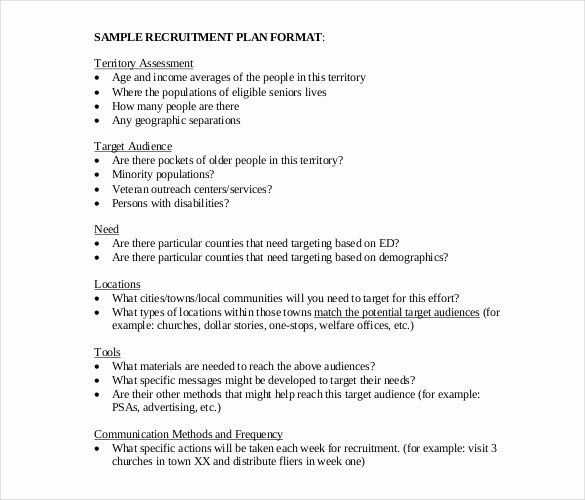What Are The Principles Of A Strong Presentation?
Are you tired of giving lackluster presentations that fail to captivate your audience? Do you want to learn the secrets to delivering a strong and impactful presentation? Look no further! In this article, we will explore the principles of a strong presentation that will leave your audience engaged and inspired. Whether you are a seasoned presenter or just starting out, these principles will help you take your presentation skills to the next level.
Imagine a presentation where every word you speak, every slide you show, and every gesture you make leaves a lasting impression on your audience. A strong presentation is not just about the content; it’s about the way you deliver it. From effective storytelling to compelling visuals, from confident body language to meaningful interaction, there are several key principles that can make your presentation stand out from the rest. So, let’s dive in and discover the principles that will transform your presentations from ordinary to extraordinary!
1. Clear Structure: Organize your content logically.
2. Engaging Visuals: Use compelling images and charts.
3. Concise Messaging: Keep your points focused and concise.
4. Audience-Centric Approach: Tailor your presentation to the needs and interests of your audience.
5. Effective Delivery: Use confident body language and vocal techniques.
6. Practice and Preparation: Rehearse your presentation beforehand.
7. Attention to Detail: Check for grammar and spelling errors.
What are the principles of a strong presentation?
A strong presentation is built on several key principles that help to engage and captivate the audience. These principles include:
1. Clear objectives: A strong presentation begins with clearly defined objectives. This involves understanding what you want to achieve and communicate to your audience.
2. Audience analysis: Knowing your audience is crucial for a successful presentation. This involves understanding their background, interests, and needs, allowing you to tailor your message accordingly.
3. Structured content: A strong presentation follows a logical structure, with a clear introduction, main body, and conclusion. This helps to guide the audience through the information and ensures a coherent flow.
4. Engaging opening: Grabbing the audience’s attention from the start is essential. An engaging opening can involve a compelling story, a thought-provoking question, or a surprising statistic.
5. Visual aids: Visual aids such as slides or props can enhance understanding and retention of information. They should be used sparingly and effectively to support key points and not overwhelm the audience.
6. Effective communication: A strong presenter communicates clearly and effectively. This involves using appropriate language, vocal variety, and non-verbal cues to convey the message with impact.
7. Audience interaction: Encouraging audience participation helps to create a more engaging presentation. This can involve asking questions, conducting polls, or facilitating discussions.
8. Well-rehearsed delivery: Practicing the delivery of the presentation is essential for a strong performance. This helps to build confidence, ensure smooth transitions, and maintain a steady pace.
9. Emotional connection: A strong presentation connects with the audience on an emotional level. This can be achieved through storytelling, personal anecdotes, or relatable examples.
10. Use of storytelling: Storytelling is a powerful tool in presentations. It helps to engage the audience, create memorable moments, and convey complex information in an accessible way.
11. Use of evidence: Backing up your points with credible evidence adds credibility to your presentation. This can include statistics, research findings, or expert opinions.
12. Adaptability: Being able to adapt to unexpected situations or audience reactions is crucial. A strong presenter can think on their feet and adjust their approach accordingly.
13. Time management: Keeping track of time and staying within the allocated timeframe is important. A strong presentation respects the audience’s time and delivers the key messages effectively.
14. Use of humor: Appropriate use of humor can make a presentation more enjoyable and memorable. It helps to create a relaxed atmosphere and connect with the audience.
15. Call to action: A strong presentation should inspire the audience to take action. This can involve providing clear next steps, encouraging further exploration, or inspiring change.
16. Confidence: Confidence is key to delivering a strong presentation. Confidence helps to establish credibility, engage the audience, and create a positive impression.
17. Authenticity: Being yourself and staying true to your personality is important. Audiences appreciate authenticity and are more likely to connect with a presenter who is genuine.
18. Continuous improvement: Striving for continuous improvement is essential for becoming a strong presenter. Seeking feedback, learning from each presentation, and refining your skills over time is important.
19. Addressing audience needs: A strong presentation addresses the specific needs and interests of the audience. Understanding their pain points and providing relevant solutions helps to create value.
20. Strong conclusion: A strong presentation ends with a memorable conclusion. This can involve summarizing key points, leaving the audience with a thought-provoking question, or providing a call to action.
Conclusion
In conclusion, mastering the principles of a strong presentation is crucial for effectively communicating your ideas and engaging your audience. By following these principles, you can elevate your presentation skills to the next level.
Firstly, organizing your content in a logical and coherent manner is key. This involves structuring your presentation with a clear introduction, body, and conclusion. By providing a roadmap for your audience, you can guide them through your ideas in a systematic and easy-to-follow way.
Secondly, utilizing visual aids effectively can greatly enhance the impact of your presentation. Incorporating relevant images, graphs, and charts can help convey complex information in a more digestible and visually appealing manner. Additionally, using concise and powerful slides with minimal text can keep your audience focused and prevent them from feeling overwhelmed.
Lastly, delivering your presentation with confidence and enthusiasm is essential for capturing your audience’s attention and leaving a lasting impression. Maintain strong eye contact, use gestures to emphasize key points, and speak with a clear and confident voice. By exuding passion and conviction, you can inspire and engage your audience, making your presentation more memorable and impactful.
By adhering to these principles, you can become a more effective presenter and captivate your audience with your ideas. Remember, practice makes perfect, so don’t be afraid to refine your skills and seek feedback from others. With time and dedication, you can master the art of delivering a strong presentation and leave a lasting impact on your audience.



